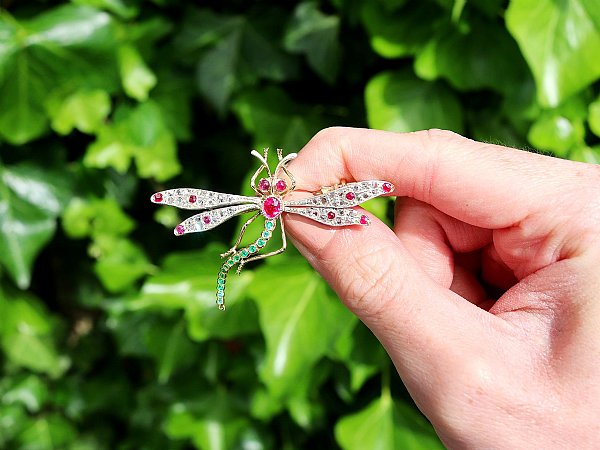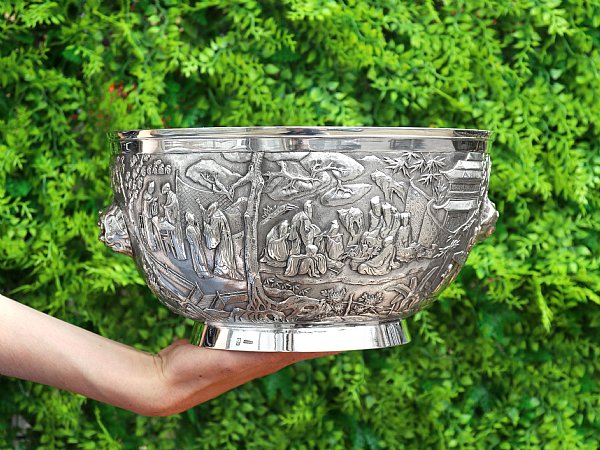Search Results for: '{{searchText}}'
Sorry...
We don't seem to have what you're looking for.
However we do have thousands of magnificent pieces of silver and jewellery available for you to view online. Browse our store using one of these categories.
Please wait for loading data... 
Browse these categories under "1940s Jewellery"
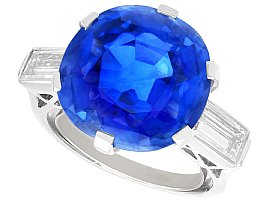
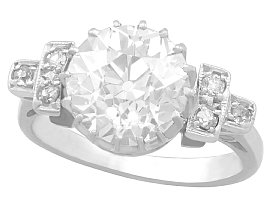
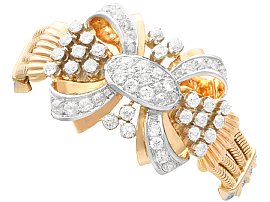
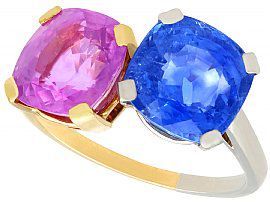
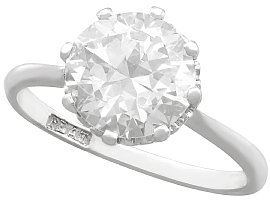
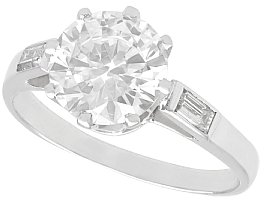
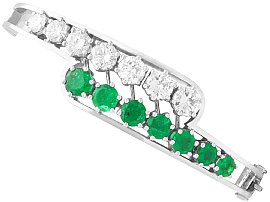
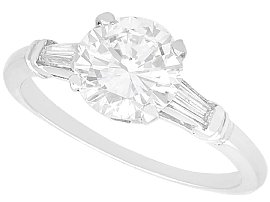
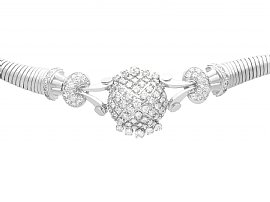
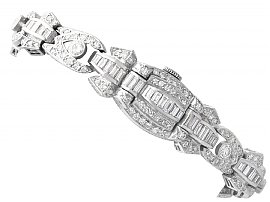
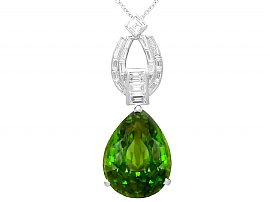
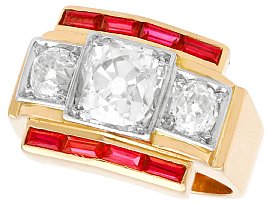
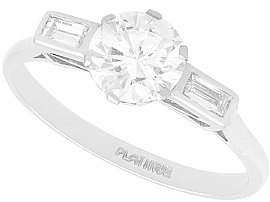
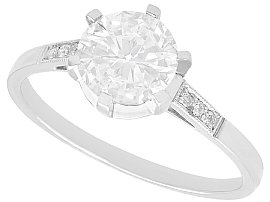
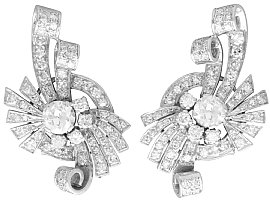
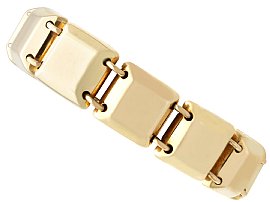
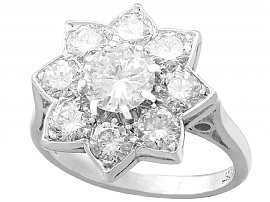
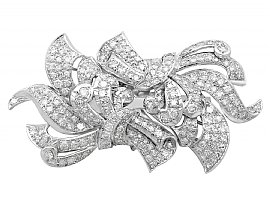
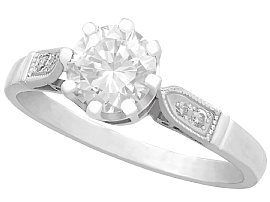
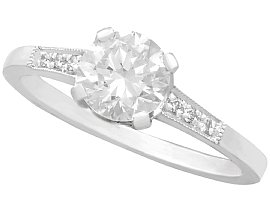
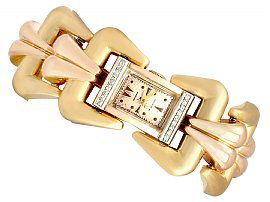
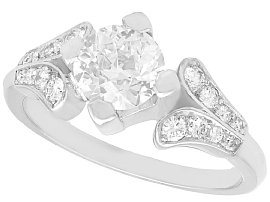
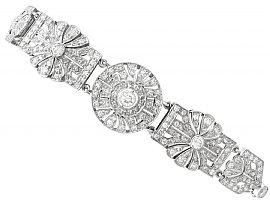
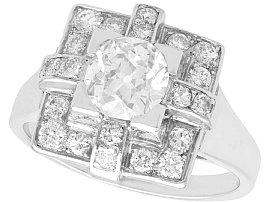
Untreated 8.89ct Ceylon Sapphire and Diamond Ring in Platinum
Price: GBP £24,950.003.15ct Diamond and 18ct White Gold Dress Ring - Art Deco - Vintage Circa 1940
Price: GBP £16,445.008.77ct Diamond and 18ct Yellow Gold Bracelet - Art Deco - Vintage French Circa 1940
Price: GBP £15,950.0010.50ct Sapphire, 18ct Yellow Gold and Platinum Dress Ring - Vintage Circa 1940
Price: GBP £15,345.002.01 ct Diamond and Platinum Solitaire Ring - Vintage Circa 1940
Price: GBP £15,345.002.10 ct Diamond and 18 ct White Gold Solitaire Ring - Vintage Circa 1940
Price: GBP £14,245.00Vintage 3.20ct Emerald and 3.95ct Diamond Bangle 18ct White Gold
Price: GBP £13,950.001.77 ct Diamond Solitaire Ring with Baguettes in Platinum
Price: GBP £13,950.006.68ct Diamond and 18ct White Gold Necklace / Bracelet - Art Deco - Vintage French Circa 1940
Price: GBP £11,950.005.32 ct Diamond Hamilton Cocktail Watch in Platinum - Vintage Circa 1940
Price: GBP £9,295.0023.20ct Peridot and 1.38ct Diamond, Platinum Pendant - Vintage Circa 1945
Price: GBP £8,950.002.28ct Diamond and 0.52ct Ruby, 18 ct Yellow Gold Dress Ring - Vintage French Circa 1940
Price: GBP £8,950.00Vintage 1.03 ct Diamond Solitaire Ring in Platinum
Price: GBP £8,950.00Vintage 1.50ct Diamond and Platinum Solitaire Ring
Price: GBP £8,950.004.39ct Diamond and Platinum Earrings - Art Deco - Vintage Circa 1940
Price: GBP £7,950.00French 18ct Yellow Gold Chaumet Bracelet
Price: GBP £7,950.001.87ct Diamond and 18ct White Gold, Platinum Set Cluster Ring - Vintage Circa 1940
Price: GBP £7,645.006.23ct Diamond and 18ct White Gold, Platinum Set Brooch - Vintage Circa 1940
Price: GBP £7,645.001.04ct Diamond and Platinum Solitaire Ring - Vintage Circa 1940 and Contemporary
Price: GBP £7,645.000.96 ct Diamond and Platinum Solitaire Ring - Vintage Circa 1940 and Contemporary
Price: GBP £7,645.000.25ct Diamond and 18ct Yellow, Rose and White Gold Ladies Watch - Vintage Swiss Circa 1940
Price: GBP £7,645.001.29 ct Diamond and Platinum Solitaire Ring - Vintage Circa 1940
Price: GBP £7,645.004.48ct Diamond and Platinum Bracelet - Art Deco - Vintage Circa 1940
Price: GBP £7,645.001.53 ct Diamond and Platinum Dress Ring - Art Deco - Vintage French Circa 1940
Price: GBP £7,645.00